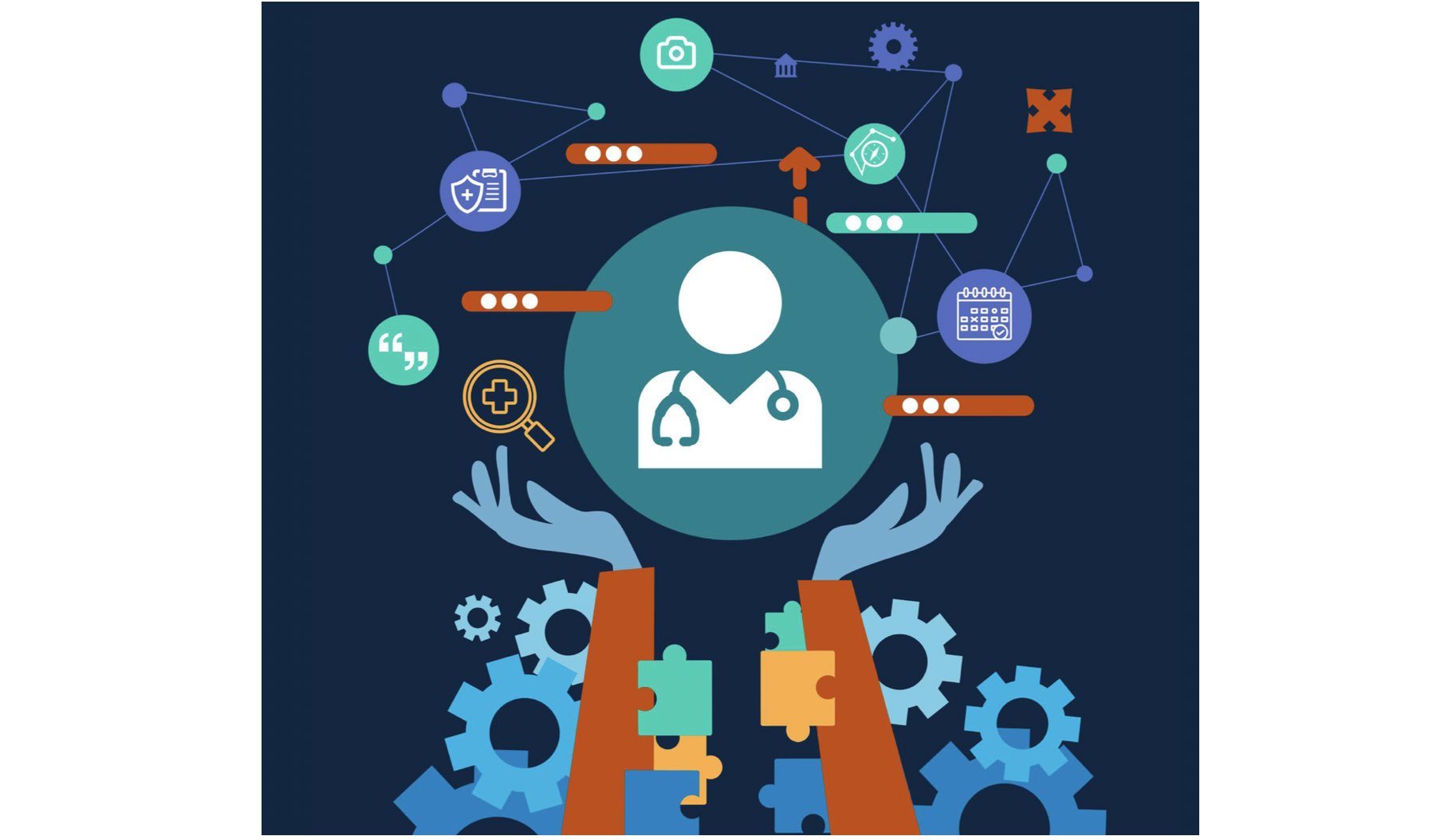As organizations are looking to make strategic technology investments that have significant impact across their organizations, centralized provider data management is a critical solution that solves many of the data-oriented challenges they face today. Investing in a provider data management strategy offers organizations the ability to power enterprise-wide initiatives for patients, providers, and staff leveraging consistent data across those experiences.
Consider these 5 foundational reasons to invest in a provider data management system as you make a business case at your organization:
1. Reliable Provider Data is Needed to Power Multi-Channel Patient Access Initiatives
In order to guide patients to the right care, the information that is presented to consumers about your providers, locations, and services must be accurate and consistent across multiple access points.
2. Facilitating Optimal Patient-Provider Matching Accelerates Demand Conversion
Ensure that provider profiles are not only accurate, but complete with information that matters most to consumers when making a selection for their care. Attributes like insurance accepted (93%), clinical expertise (87%), and appointment availability (84%) all help to convert patients.¹
3. Managing Provider Networks Effectively Optimizes Capacity Utilization
Given the current state of supply and demand issues in healthcare, it is more important than ever to have a clear view of your entire provider network. Consider leveraging a provider data management solution to help uncover and address gaps in provider types and services. Doing so can help you make strategic decisions about clinical recruiting to strengthen the integrity of your network.
4. Centralizing Provider Data Enables Seamless Care Transitions that Boost Patient Retention
Leveraging your provider data management system can help ensure that you have a well-rounded view of your provider base. Having this accurate view will help empower clinical and administrative staff to guide patients during care transitions. Not only will they be able to connect patients to the most appropriate care, but they can do so in-network.
5. Gaining Operational Efficiencies and Maximizing Data Utility Across the Organization
At a time when resources are stretched thin, put your provider data management solution to work for you across the enterprise. This source of truth can be used throughout the organization in a myriad of ways, extending the utility of your data to internal assets such as call center operations, learning management systems, intranet pages, and more. Maximizing data utility can help alleviate staffing challenges by eliminating the need for constant manual updates needed in multiple places, freeing staff up to focus on higher value tasks instead.
Attending HIMSS this year in Chicago and interested in learning more? Stop by booth #3663 to meet with a member of our team, or join us at our session with Intermountain Healthcare Powering a Data-Driven Transformation in Digital Patient Access Tuesday 4/18 at 4:15 CT.

